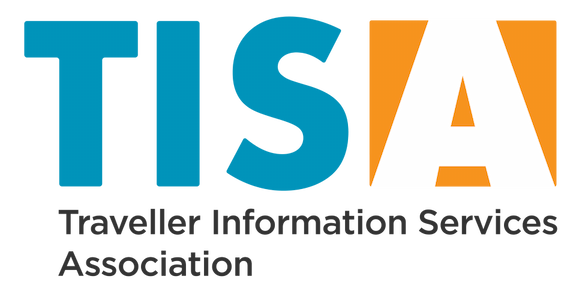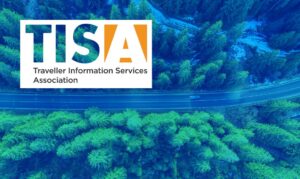Discussing the Revised RTTI Delegated Regulation
On 1st February 2023 NAPCORE hosted a successful workshop on the Revised RTTI Delegation Regulation, in collaboration with the Dutch Ministry and NAPCORE Advisory Board members, TISA, TomTom, TM 2.0, POLIS, and CEDR, that attracted over 160 participants. The workshop informed participants on the implications of the revised RTTI Delegated Regulation for both road authorities as well as private service providers. It provided an up-to-date overview, from the perspective of road authorities, of the challenges ahead and shortcomings of the navigation services available today. If you missed the webinar, you can download the presentation and the recording here.
Service providers will organize a follow up workshop in Berlin at the end of April to continue the discussion on the revised regulation. If you would like to join, you can state your preference via this link
On the same topic, TISA is greatly looking forward to the workshop organised by TM 2.0 on Fine Tuning TM 2.0 Cooperation Levels between Public Authorities and Service Providers in Relation to the Revised RTTI Delegated Regulation. The workshop will take place on Wednesday 22 February 2023 from 10:00 to 12:00 (CET) in Brussels at the ERTICO- ITS Europe office (Blue Tower Louise, Avenue Louise 326) and is open to all upon registration through this link. During the workshop, participants will discuss and update the current levels of cooperation that are defined under the TM 2.0 concept of interactive traffic management.


 LinkedIn
LinkedIn